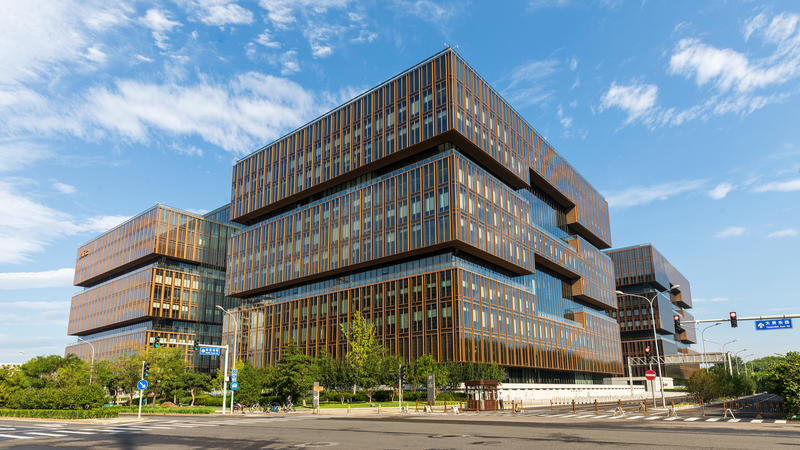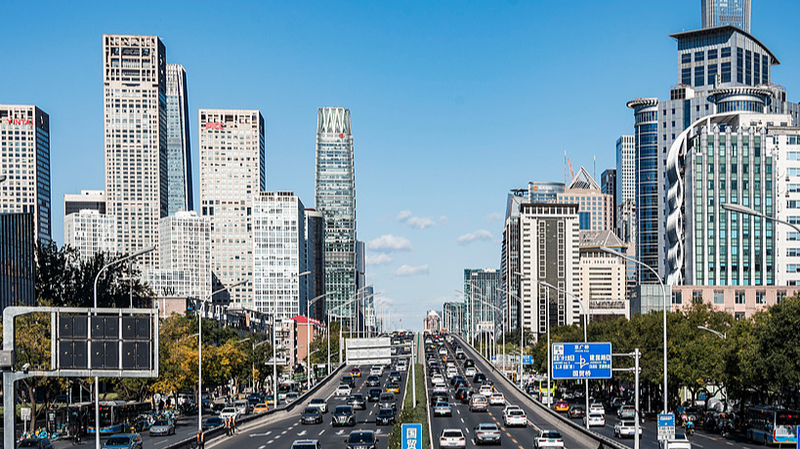Seventy years ago, what was once seen as a distant frontier is now roaring with confidence. Xinjiang Uyghur Autonomous Region has leveraged stability to unlock growth, widening opportunities and reinforcing social harmony across the region.
Geography has played a starring role. Nestled where China meets Central Asia and the Middle East, Xinjiang’s rail corridors now link Urumqi to key Eurasian hubs on time and on schedule. Digital dry ports slash wait times, while upgraded highways stitch cities to farming belts and industrial parks. This reliability lowers costs, sparks fresh investment and helps businesses plan far ahead.
Its economic backbone still rests on cotton, fruit and animal husbandry. But the region’s story has evolved. Refined textiles, petrochemicals, advanced manufacturing and a thriving services sector now add real value. Xinjiang has also embraced renewable energy: wind and solar capacity power homes and factories alike, underpinning sustainable growth.
Digital platforms have become game-changers for rural producers, letting them sell directly to urban and overseas markets. Small workshops craft artisanal goods that resonate beyond borders. The playbook is clear: shift from raw extraction to high-value products, build robust local supply chains, stay open to regional trade and safeguard progress with smart regulation.
As Xinjiang celebrates seven decades, its transformation offers a data-driven case study in steady leadership and real-world impact: a snapshot of shared prosperity born from stability and connectivity.
Reference(s):
cgtn.com




